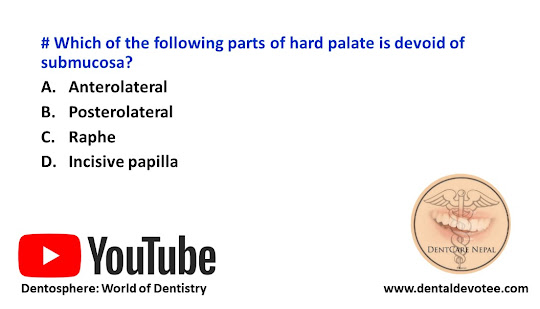# What is Geristore in Dentistry?
A. Rapid setting resin ionomer, has the capacity to bond with the tooth
B. ZOE based sealer
C. Obturating material specifically for deciduous tooth
D. Is a bioceramic
The correct answer is A. Rapid setting resin ionomer, has the capacity to bond with the tooth
Geristore:
• Geristore is a dual-cure, self-adhesive, resin glass ionomer formula that contains fluoride. It is a rapid setting resin ionomer (making it very suitable for repairing perforations when compared to MTA)
• It is hydrophilic, so it will bond in the presence of moisture and blood.
• It has low coefficient of thermal expansion and low polymerization shrinkage.
• It's often recommended when the periodontium is extensively involved. It is biocompatible for soft tissue and teeth - Studies show gingival cell re-attachment to the material, making it excellent for sub-gingival procedures.
Applications:
• Subgingival restorations for root perforation and resorptive lesions.
• Retrograde filling material
• Root caries lesions
• Liner in direct pulp capping
• In class 5, and conservative class 1 & class 2 restorations







